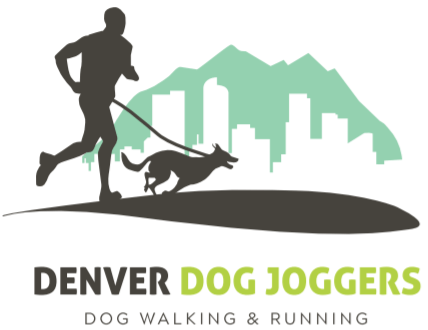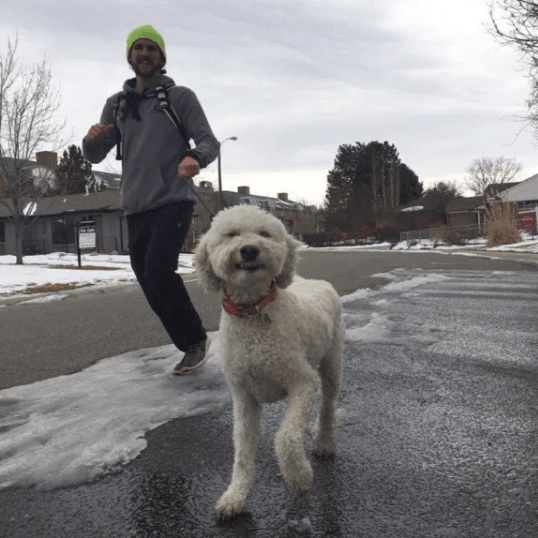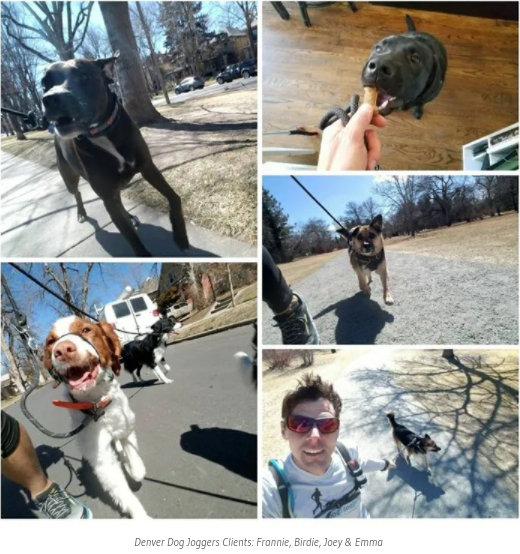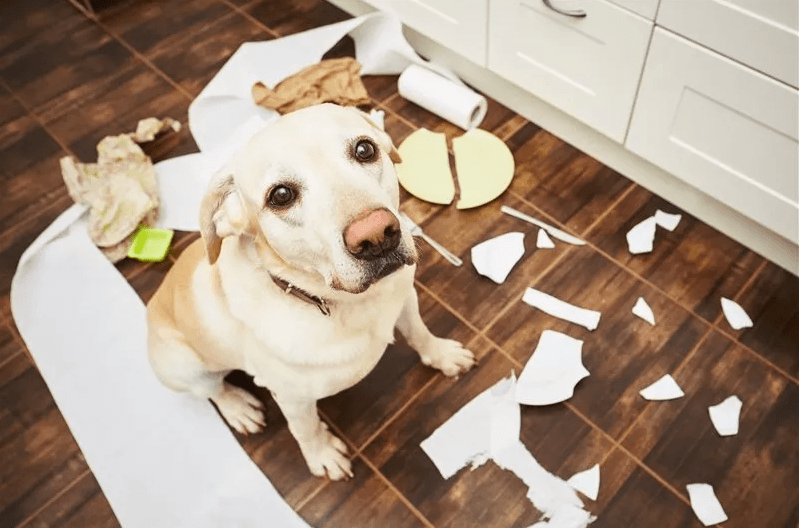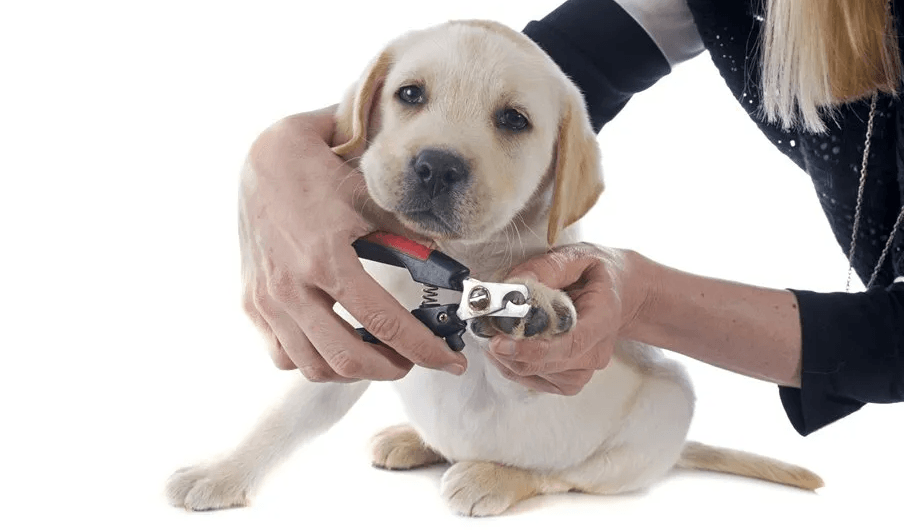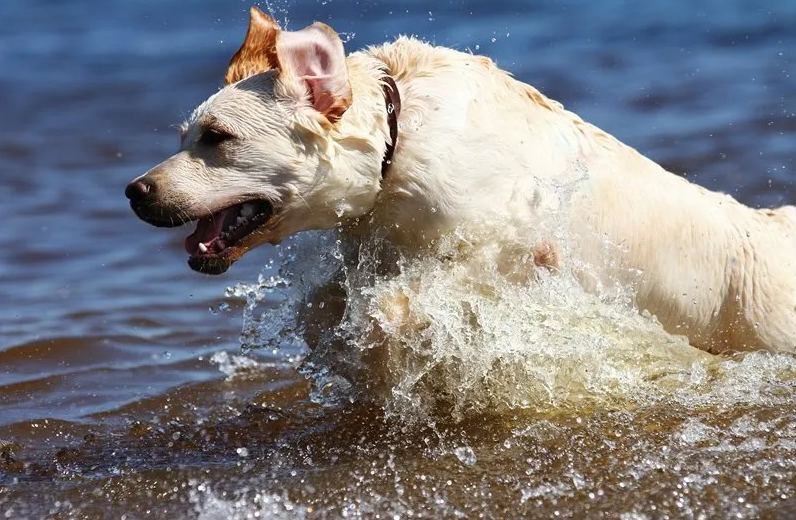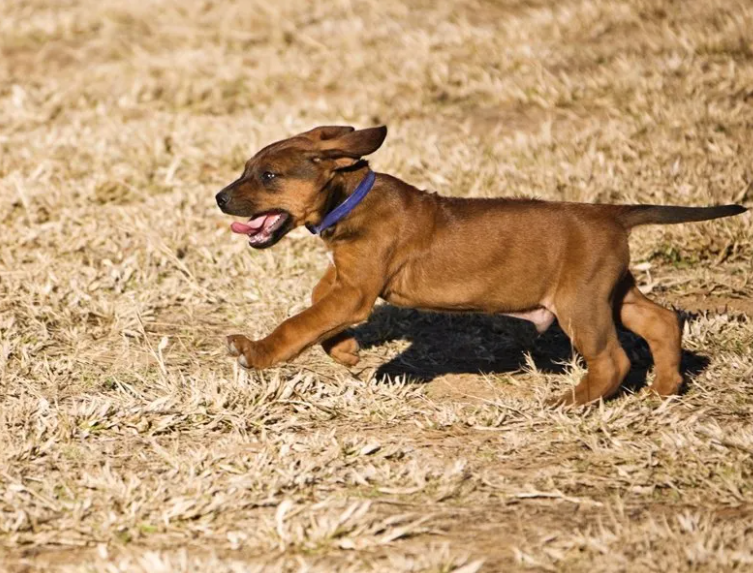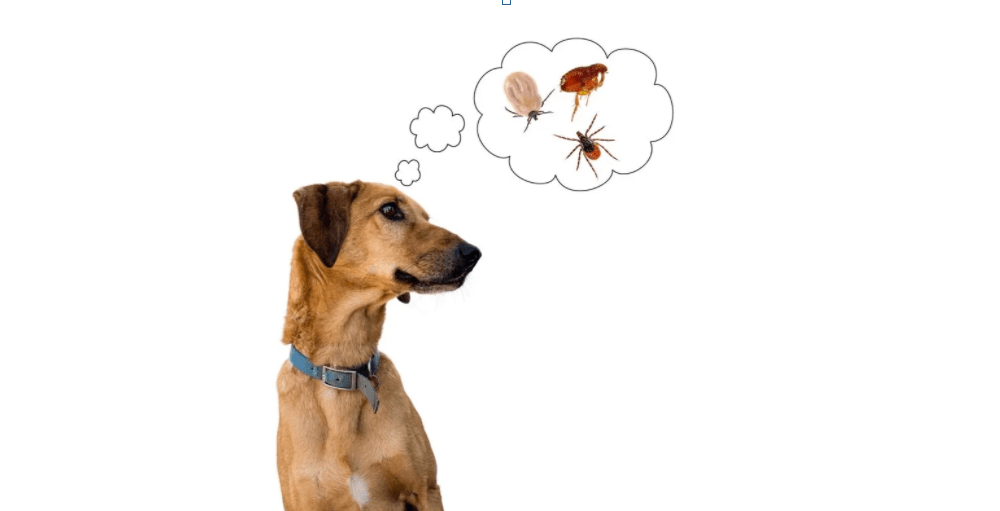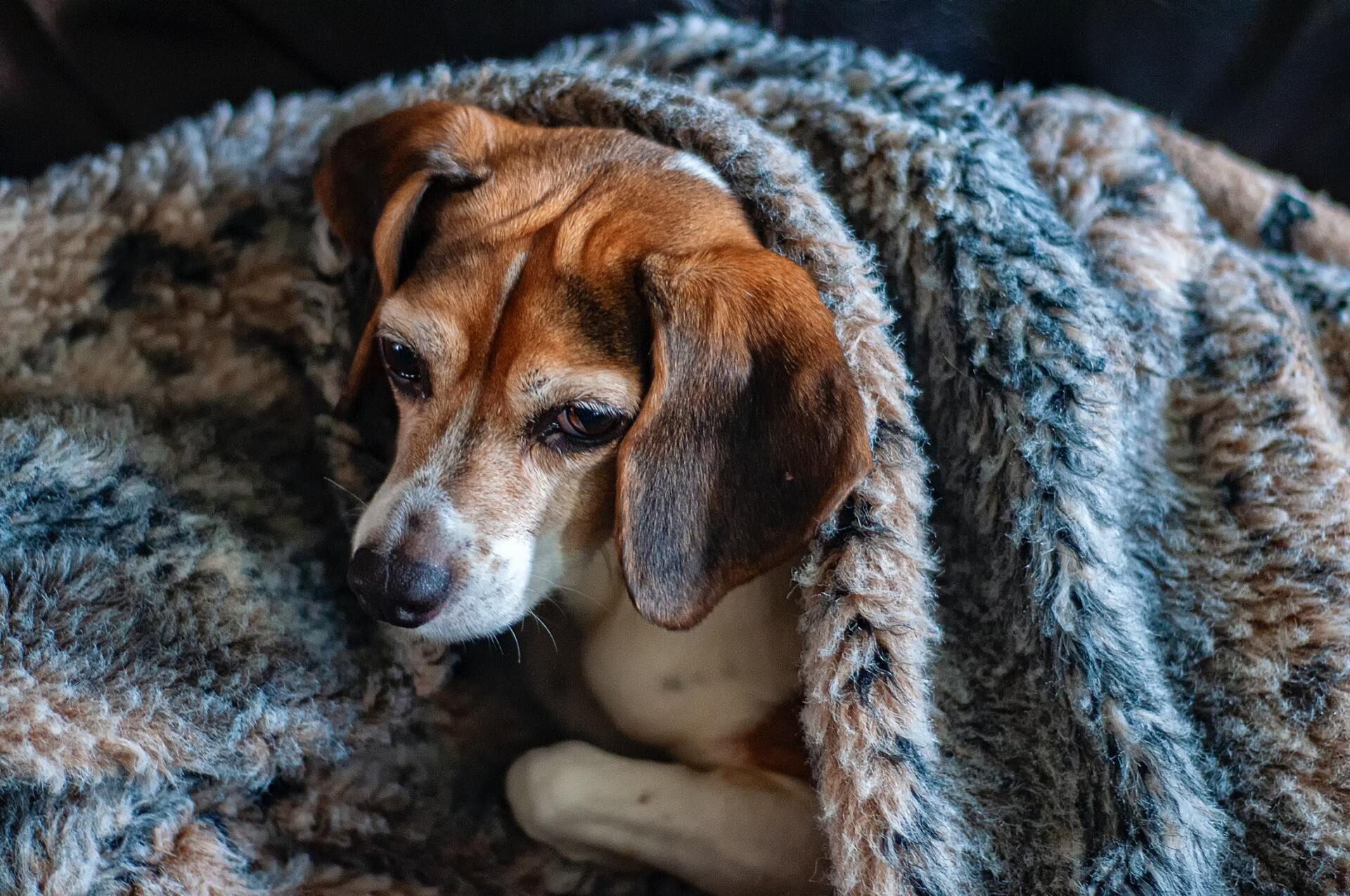5 Cooling Tips For Your Active Dog This Summer
Lauren Pescarus • September 23, 2020
Help Prevent Heatstroke In Dogs with these tips
With Denver summers reaching a high of 100F, getting in your daily exercise and avoiding overheating can be a challenge. It is even more difficult when you can’t sweat and are covered in fur. Just because your dog needs a little help keeping cool when having fun in the sun doesn’t mean they have to be left behind. Here are five steps you can take to make sure your dog can keep up with you in the summer heat:
1. Brushing is Better Than Shaving:
Some dogs were bred to work outdoors in the extreme cold and hot months and have developed a double fur coat system to cope with that change in temperature. Double coats feature a fuzzy inner layer which grows when the temperature drops and a long-haired outer layer which reflects the sun and encourages ventilation in summer months. Dogs like Newfoundlands, Golden Retrievers, Huskies and Pomeranians (among many others) shed the inner fuzz layer during summer in order to keep cool, a process that you can help by giving them a thorough brushing in the spring months and throughout the summer. Shaving can permanently mess up this natural coolant system, causing the inner insulating layer to grow in during the summer. If your dog is a double coated breed, skip the razer and enlist the help of a groomer to help your dog shed the fuzz and stay cool.
2. A Good Outfit Can Help You Beat the Heat:
Dogs are not naturally good at cooling themselves down since they do not have as many sweat glands as humans. Since your dog can only sweat on their paws and other non-furry places, there are several items on the market designed to mimic this system of cooling. The Swamp Cooler vest, created by Ruffwear, is a light-reflective harness that you wet down before putting on your dog and helps them cool down through evaporation. A similar item, the Canine Ice Vest (patent-pending), uses ice packed in an insulated harness to both cool your dog and provide water for evaporation for cooling as they work out.
For short-haired breeds, you may need to seek out extra protection from the sun to protect them from sunburn. If your dog is short-haired or lightly colored, consider adding a white exercise shirt or dog-safe sunscreen to protect their skin.
3. Simple Adaptations Often Work Best:
Shift your exercise schedule to complete your most energetic workout to the cooler part of the day (early in the morning or late at night). Even if you can only find time to exercise on your lunch break with your pooch, try to stick to shady areas and light surfaces. The lighter a surface is, the less heat it will absorb from sunlight. Dark asphalt will become unbearably hot to tender paws, while concrete will typically stay slightly cooler. Whenever possible, stick to trails with packed earth or grass surfaces.
4. Water, Water, Everywhere:
Hydration is the number one step to staying ahead of overheating. Encourage your dog to drink extra water throughout the day by adding a small amount to their dry dog food, just make sure they finish it in one sitting. Wetting down your dog’s fur before a run or other strenuous exercise helps them stay cool, as well. If your route takes you near a body of water, consider allowing your dog to cool off with a quick swim, just keep in mind untreated water does run the risk of parasites like giardia, so this may not always be recommended. Always bring a hydration system of clean water for your pooch, as well as yourself. Collapsible water bowls and pet-friendly water bottles are readily available in most pet stores.
Be careful not to let your dog drink too much water either during a run or directly after, as this can increase the chance of bloat. Stomach bloat is caused when a dog’s stomach is full of food, water, or simply gas and is directly followed by intense activity, which can cause the stomach to rotate and trap the contents of the stomach. Bloat happens more often in large breeds and must be treated by your veterinarian immediately. Despite this, your dog will usually know the correct amount to drink for their needs and should be allowed to seek out water when needed.
5. Be Smart About the Heat:
Summer is the best season to get out and explore Denver and the great outdoors in general. With temperatures soaring and the sun as hot as ever, some precautions should always be used to make sure both you and your dog enjoy your adventures. Don’t hesitate to take extra breaks, even if you wouldn’t normally need as many when exercising at the gym. Your dog also appreciates those breaks in the shade, even if just long enough to swallow a little bit of water. Once your exercising is done, crank up the A.C. Your dog needs some time to adjust their internal temperature, but they wouldn’t say no to the modern convenience of the great indoors after a long run.
Most of all, be aware of symptoms of overheating or heat stroke. Short snouted breeds are more likely to overheat, so pay particular attention to Chihuahuas, Bulldogs, Pugs, Boston Terriers, and other short-nosed breeds. A dog’s internal body temperature can become life threatening very quickly, so immediate action should be taken if your dog is excessively panting, having trouble with coordination or walking, fast and noisy breathing, vomiting or diarrhea, and especially collapsing or convulsing.
If your dog displays any of these symptoms, immediately wet them down to help lower their body temperature, offer them water, get them inside to air conditioning or wipe their ears and paws with alcohol wipes for fast cooling. Some dogs will go until they drop, but if your dog is stopping more often or is slow to keep up, add in some extra breaks for hydration and rest.
Do you have a hydration method or cool-down ritual not seen here? Let us know about it in the comments and share some wisdom!
By Lauren Pescarus
